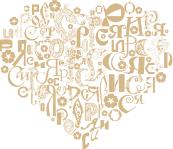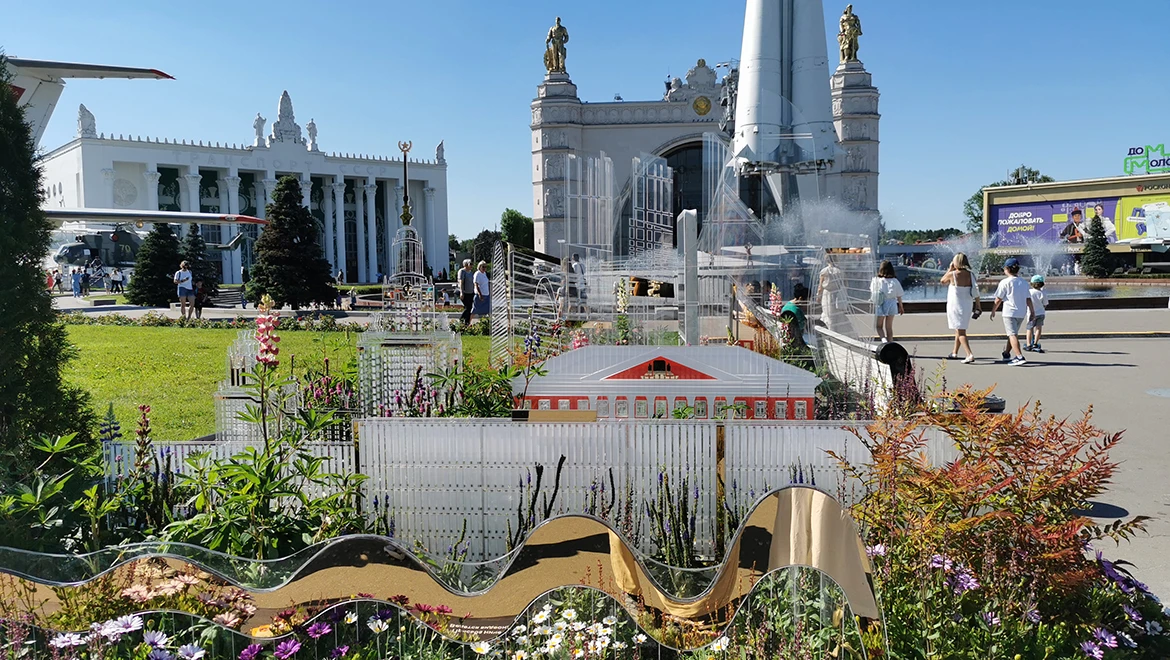Reindeer lichen. Yamalo-Nenets Autonomous Area
Reindeer
lichen (also known as reindeer moss), a modest-looking yet completely unique
organism in its properties, forms the foundation of the vegetation cover in the
Far North, including the Yamalo-Nenets Autonomous Area. It belongs to a
peculiar group of plants: a symbiotic organism composed of fungi and algae
(cyanobacteria).
This plant
is remarkably resilient to extreme conditions, low temperatures, as well as
high doses of ultraviolet and penetrating radiation. It easily endures long
periods without moisture.
Reindeer
lichen is a staple in the diet of the reindeer. The animals can detect the
scent of reindeer lichen through the snow and dig it out with their hooves.
Reindeer lichen grows very slowly, requiring many years to restore pastures.
For instance, the average growth rate of fruticose lichens in the Arctic tundra
subzone is 1-2 mm, while in the forest-tundra zone it reaches up to 3-4 mm per
year.
Reindeer
lichen is the most widespread medicinal plant among the indigenous peoples of
the North. It is beneficial for viral and bacterial infections, providing
anti-inflammatory, hemostatic, and antimicrobial effects. In the past, nomads
used dried reindeer lichen to stop bleeding and disinfect wounds from minor
cuts and open injuries. They often gave reindeer lichen decoction to weakened
reindeer calves and treated reindeer injured by wolves. In folk medicine, it is
used to treat diseases of the upper respiratory tract and the gastrointestinal
tract. For pulmonary diseases, reindeer lichen decoction improves well-being
even after a short time, having demulcent and expectorant effects. There are
even known cases of recovery from tuberculosis.
Due to its
high sensitivity to atmospheric pollutants and its ability to accumulate heavy
metal compounds, reindeer lichen can be used as a bioindicator of environmental
conditions.
Today, in
Yamal, they make chips from reindeer lichen - either salty or sweet, flavored
with northern berries.
Along with the RUSSIA EXPO, the flower festival is also coming to an end.
The "Future in Flowers" festival continues at the RUSSIA EXPO, where unique flowerbeds from all regions of our country can be seen at the "Space" pavilion until July 8.
The RUSSIA EXPO concludes on July 8, and with it, the flower festival will also come to an end.





